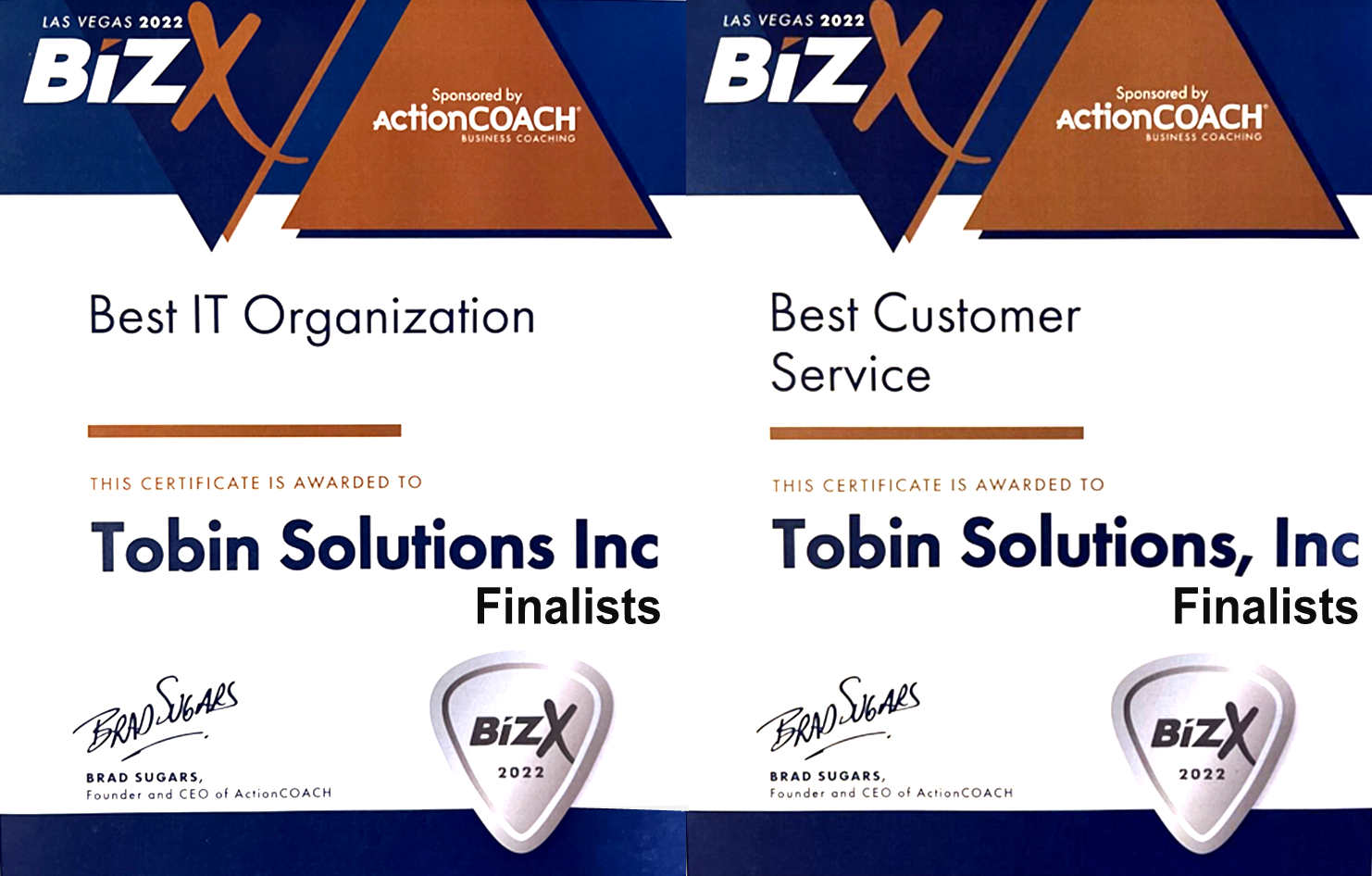IT Risk Management for Businesses: How to Identify and Prepare for Technology Threats
Whether you have an in-house IT team or rely on a Managed Services Provider (MSP), understanding your IT risks is critical. A thorough IT risk assessment helps your business identify vulnerabilities, improve cybersecurity posture, and ensure business continuity in the event of an IT emergency.
How to Begin Assessing IT Risks
To effectively manage IT risks, you must first evaluate your existing IT environment. Start by answering the following questions to build a strong foundation for your IT risk strategy:
- What role does IT currently play in supporting your business operations?
- Which departments or processes rely most heavily on technology?
- What improvements can IT make to boost business efficiency or scalability?
- Are you planning to implement new technologies within the next 12 months?
- If you have internal IT staff, what is your anticipated team structure for the coming year?
- Will hiring more IT professionals be necessary, and what are the projected costs?
- Would partnering with a Managed Services Provider be a more cost-effective or scalable solution?
- What is your current IT budget, and how is it allocated?
Creating a Customized IT Risk Checklist
Once you understand your IT environment, the next step is to create a tailored IT risk checklist based on your unique business model, industry regulations, and geographical risks.
- Identify the most relevant IT threats to your business:
- For example, data privacy concerns are critical in healthcare, while phishing scams may be more prevalent in finance or accounting.
- Consider physical and environmental risks. Are you located in a region prone to natural disasters such as hurricanes, floods, or wildfires?
- List out all the risks and assess the probability and potential impact of each one. This will help you prioritize mitigation strategies.
- Evaluate your business continuity readiness:
- If your IT infrastructure were to go down unexpectedly, how long could your business operate before it suffers serious consequences?
- Can you continue delivering essential services without access to core systems?
- Do you have a disaster recovery plan in place to restore operations quickly and securely?
Why IT Risk Management Matters
Proactive IT risk management isn’t just about compliance—it’s about protecting your data, your customers, and your business reputation. Cyberattacks, system failures, and environmental disasters can halt operations and lead to costly downtime or data loss. By evaluating your IT risks regularly, you’ll be better equipped to respond to emergencies and maintain business continuity.
Whether you manage IT in-house or outsource to an experienced MSP, understanding your risk landscape helps align IT strategy with business goals and supports informed decision-making. A well-prepared business can avoid costly disruptions and maintain trust with customers and partners alike.
Need help assessing your IT risks? Contact Tobin Solutions to schedule a consultation and learn how our team can help you build a comprehensive IT risk management plan tailored to your business.


